I'd like to build a device that can detect a weak electrical connection, likely in the domain of tens of megaohms up through low gigaohms, so that a circle of people holding hands can trigger the continuity signal. There is a commercially available product that does this: the Energy Stick.
After searching, I've found no useful guidance on first steps towards building a device like this. I suspect it is designed to measure tiny currents; the back of my envelope says that if it sends out a test voltage of 5V through a 1 gigaohm circle of humans in series, only 5 nA will flow, which ain't a lot. I don't know how to measure such a low current, nor do I know how to discern it from the noise which I imagine would exceed that signal.
(An idea: perhaps sending an AC test voltage, it could also be detecting an AC current in that same phase on its other pole, and reject noise that way? I don't know if this is heading in the right direction or irrelevant.)
Any/all advice appreciated.

